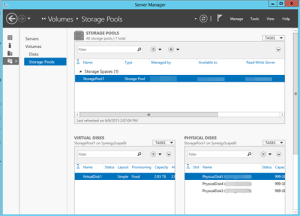Cool Visualizations Coming To You This Summer
I welcome every news about better visualizations in Microsoft BI so I rejoiced to read this blog by Ariel Netz, Group Program Manager in the Power BI Designer team.
“The Power BI Designer team is working on our first update for the summer. That update will be significant, and will signal a new phase in our product development. To date we have mostly invested in the modeling and query capabilities, but starting with the first summer release users will see heavy investments in the Data Exploration & Reporting capabilities in the product. While it might be bit premature to go into detail, it’s not premature to provide a teaser… ”
And the teaser screenshot in the blog shows more visualization gadgets with the ability to change chart series colors. I hope they thrown in conditional formatting as well.
Confused which visualization tool to use? You probably are with so many vendors and tools out there. But as I said many times, your focus should be on data integration and not on the front end. If you have a solid architecture and trusted data, it should be easy to plug in whatever visualization tool is the course de jour. Yesterday it might have been QlikView, today Tableau might enjoy the spotlight, but tomorrow it might very well be the Power BI Designer.
May you leave in interesting times – Chinese proverb.





